How Tech Is Taking a Front Seat on the Factory Floor
The public perception of manufacturing hasn’t changed much from the factories of the past. Nonetheless, there have been many changes in the industry. Employment rose from 11.5 million jobs in 2010 to 12.3 million jobs in 2016.1 U.S. manufacturing is also being transformed by technology.
Manufacturing output has increased, and The New York Times reported that manufacturers are producing 47% more than 10 years ago. Automation, robotics, and advanced metalworking machinery and other manufacturing technologies are, in part, responsible for the trends.
These modern innovations were merely conceptual, just a few years ago, but are impacting the industry today.
3D Printing: Manufacturers can produce metal and plastic products quickly and boost factory productivity. Design-to-production is more efficient and lead times are reduced. Factories can build machine parts and prototypes less expensively and with less waste than before (3D printing involves building up rather than cutting material away).
Robotics: The adoption of robotics is crucial to maximizing automation and productivity. By 2013, there were 1.2 million robots operating in factories and warehouses around the world, and 1.5 million in 2014.2 Robots are becoming more suitable for complex tasks; in 2016, Everwin Precision Technology4 replaced 650 people with 60 robotic arms at a factory in China, reducing the demand on people to perform often difficult and dangerous tasks.
Computers: The Internet of Things has shaped a new revolution in which machines and sensors allow communication. Factory equipment can even respond automatically to conditions, such as low fluid levels, and can generate work orders. The process reduces maintenance costs and downtime.
Cloud computing is connecting multiple manufacturing plants and enabling companies to share data across facilities anywhere on the globe. Aside from speeding production, this improves product quality and consistency.
Up and coming tech includes nanotechnology, which is already enhancing material properties at the molecular level and making computers faster. Augmented reality is in its early stages, but the concept of receiving instructions, guidance, and notifications via sophisticated eyewear won’t go away. It also has the potential to improve safety, training, and data retrieval.
Technology Is Adding Manufacturing Jobs
The demand for skilled labor is high. It’s also providing opportunities to participate in specialized programs, including those focused on laser technology. Well-paying jobs can be found without incurring the costs of a college degree.
At the same time, many older workers are getting ready to retire. The students of today are immersed in technology from a young age. As they enter the workforce, they’re already privy to applying computers and tech to their daily lives. One can, therefore, see how easily tech is taking a front seat on the factory floor; for millennials, there is a high potential for finding rewarding and satisfying work.
Quantum Machinery Is Helping Fuel the Factory Tech Climate
We offer the latest in metalworking machinery, laser technology, and sawing, bending, shearing, embossing, and welding systems found on factory floors all over the world. For more information about our products and their benefits, contact us online or call 909-476-8007.
Sources
- https://www.brookings.edu/blog/techtank/2016/06/02/how-technology-is-changing-manufacturing/
- https://www.nytimes.com/2016/05/08/upshot/the-economy-is-rigged-and-other-presidential-campaign-myths.html
- https://www.brookings.edu/blog/techtank/2016/06/02/how-technology-is-changing-manufacturing/
- https://www.huffingtonpost.com/william-morrow/6-technologies-transformi_b_10405528.html


